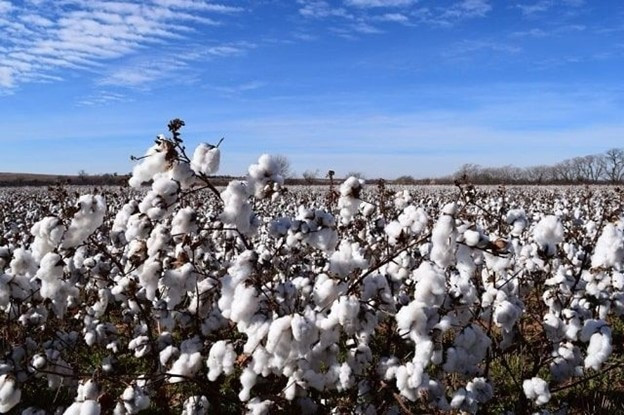Indian Spinners and weavers are facing reduced demand and accumulation of stocks of manufactured goods. As a result, the payment cycle has slowed down which exacerbates the decline in demand from the downstream industry.
Pressure is building on mills and stockists to reduce prices, with mills either reducing cotton yarn prices or offering more discounts to attract buyers.

Figure: Indian Spinners and weavers are facing reduced demand and accumulation of stocks of manufactured goods.
South India’s cotton yarn market continues to experience weak demand from the weaving industry, resulting in cotton yarn prices falling by ₹2-5 per kg in the Tirupur market. However, prices remained stable in the Mumbai market.
Despite stability in yarn prices in Mumbai market, traders are uncertain about future demand. Buyers are being cautious, buying limited quantities of raw materials.
Cotton prices also trended downward in Gujarat due to weak demand and payment problems. Spinners are hesitant to buy cotton in large quantities due to uncertainty about the demand of the textile industry.
Trade sources reported serious challenges across the textile value chain, including sluggish demand, frequent discounts, tough negotiations, payment crises and growing stockpiles. Uncertainty about future demand prevails among traders.
According to the traders, the entire textile value chain is under exceptional pressure due to limited purchase. Global brands are reluctant to place large orders due to a lack of confidence in demand, particularly in Europe and the US.
The cotton production also decreases in India. The Cotton Association of India (CAI) has already reduced the country’s cotton production estimate for the current season 2022-23 to 298.35 lakh bales of 170 kg each. According to CAI, the new estimate was based on the recommendations of the 25-member crop committee that received pressing data from 11 state associations.
CIA said that the production may further come down by 2 lakh bales in Maharashtra and Telangana each, 0.50 lakh bales in Tamil Nadu and 0.15 lakh bales in Odisha. CAI did not revise production estimates for other major states.
Meanwhile, cotton sowing in North India is progressing satisfactorily after it started in mid-April this year. According to initial reports, the area under cotton sowing in Rajasthan is likely to increase as farmers have chosen to raise the crop this season. Similarly, the area may remain the same or increase slightly in Punjab and Haryana. Overall, the total sown area in North India is expected to increase by 5-7 percent as per preliminary estimates.
















